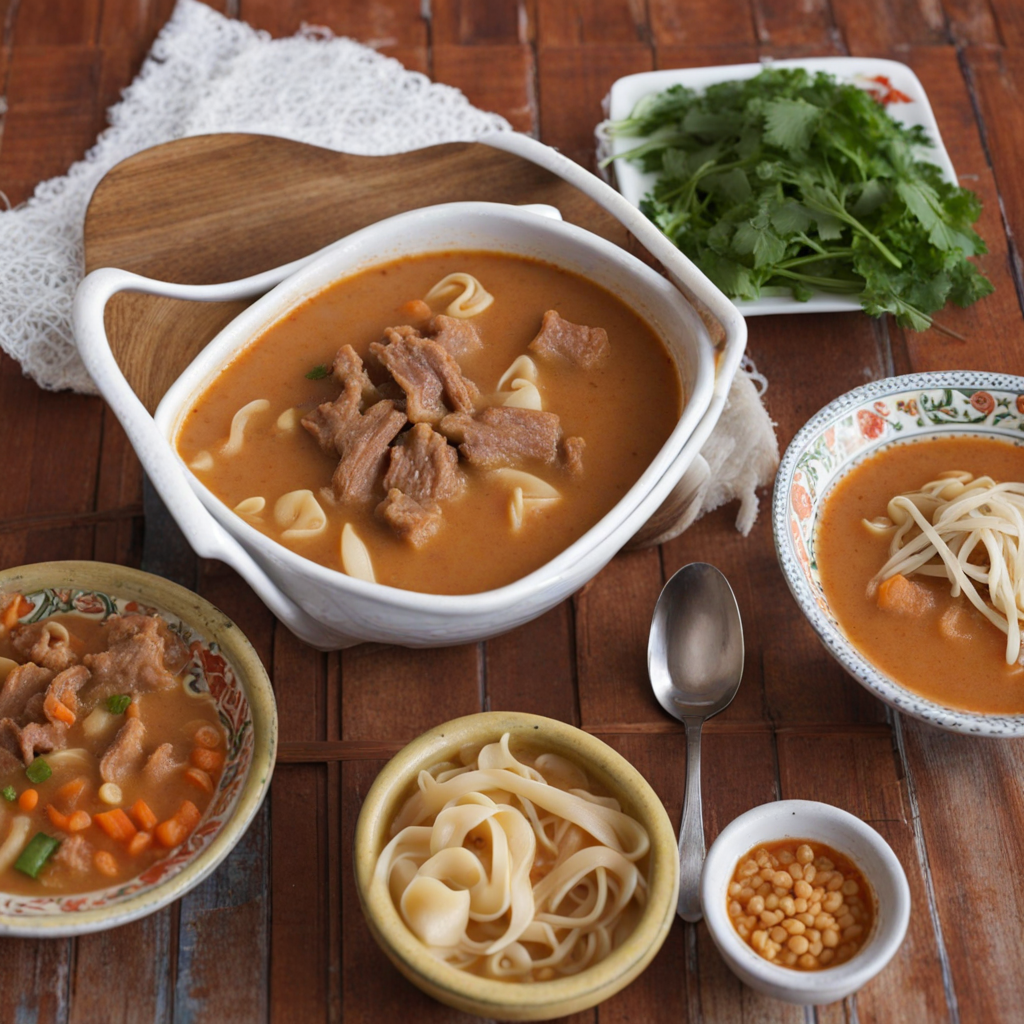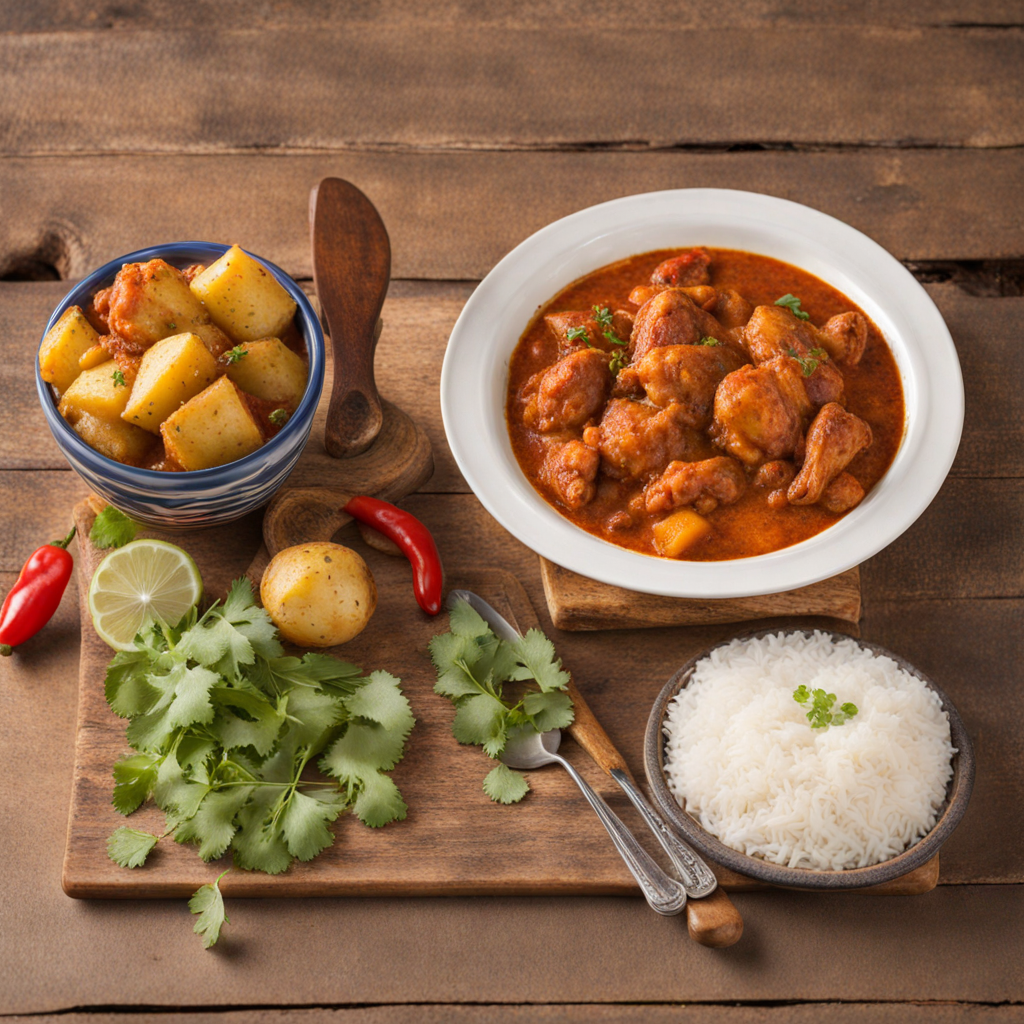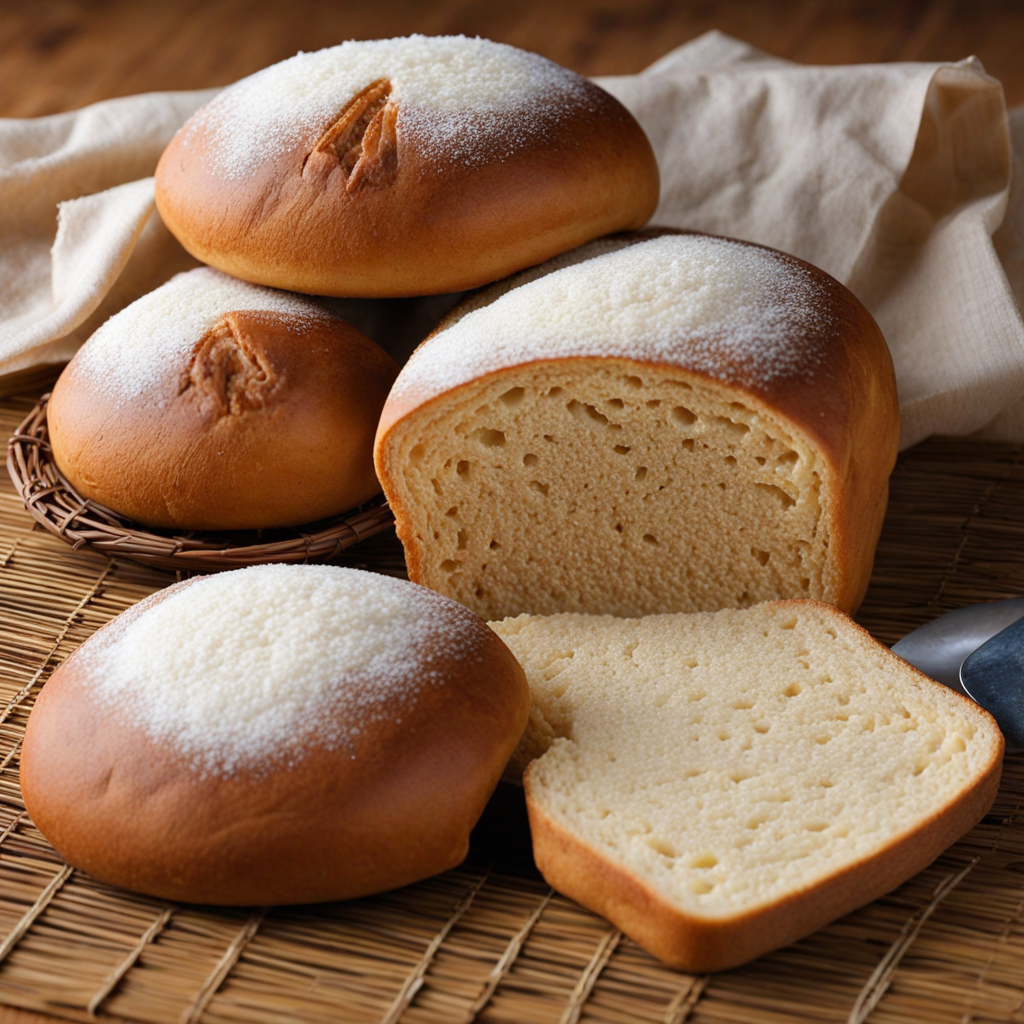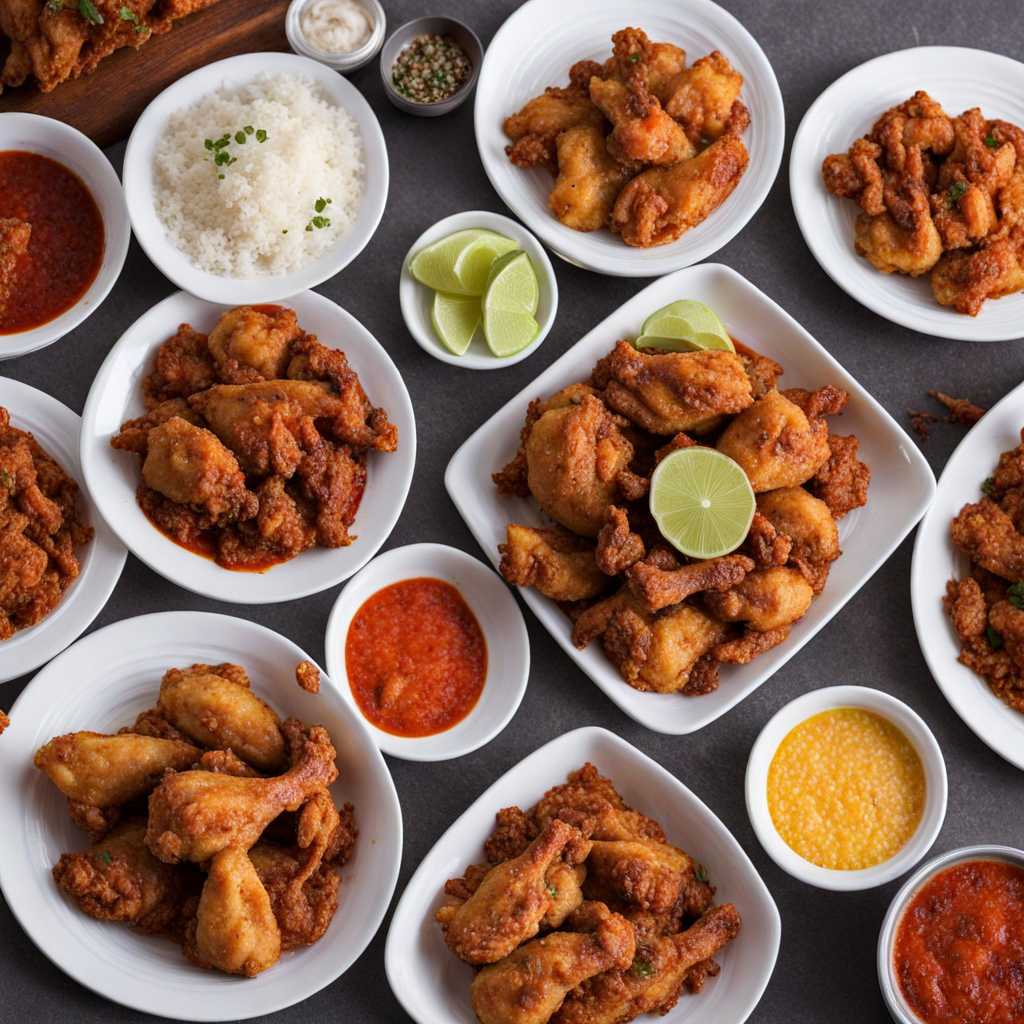Arroz con Leche
Arroz con Leche is a beloved Bolivian dessert that beautifully showcases the country's rich culinary traditions. This creamy rice pudding is made by slowly simmering rice in a mixture of milk, sugar, and spices, resulting in a comforting and luscious dish. The rice is cooked until tender, absorbing the sweet, aromatic flavors of the milk and spices, which typically include cinnamon and vanilla. The addition of these spices not only enhances the flavor profile but also evokes the warm essence of Bolivian culture, making it a nostalgic treat for many. The texture of Arroz con Leche is one of its most appealing characteristics. It strikes a perfect balance between being creamy and slightly chunky, thanks to the rice grains. Once cooked, the pudding is often garnished with a sprinkle of cinnamon or a drizzle of condensed milk, adding a delightful finishing touch. It's served warm or chilled, making it a versatile dessert that can be enjoyed year-round, whether during festive celebrations or as a simple, comforting treat after a meal. Beyond its delightful taste and texture, Arroz con Leche also carries a sense of tradition and community. Families often gather to prepare this dish, passing down recipes through generations. Each household may have its own twist, such as incorporating raisins or coconut, reflecting personal tastes and regional variations. This dessert not only satisfies the sweet tooth but also invites everyone to share in a moment of joy, making it a true representation of Bolivian hospitality and warmth.
How It Became This Dish
The Sweet Journey of Arroz con Leche in Bolivia Origins and Historical Context Arroz con leche, a delightful dessert made from rice, milk, sugar, and spices, is enjoyed in various forms across Latin America and Spain. In Bolivia, this dish not only serves as a comforting treat but also bears witness to a rich tapestry of cultural exchange and culinary evolution. The origins of arroz con leche can be traced back to the introduction of rice and dairy into the Americas by Spanish colonizers. While rice is believed to have originated in Asia, its cultivation spread rapidly across the globe, becoming a staple in many cultures, including those of the Andean region. In Bolivia, where indigenous cultures such as the Aymara and Quechua have thrived for millennia, the introduction of rice marked a significant culinary shift. Before rice became prevalent, local grains like quinoa and barley were fundamental to the diet. The Spanish conquest in the 16th century brought not only rice but also dairy products, primarily from European livestock. The fusion of these elements gave rise to new dishes that combined indigenous ingredients and techniques with European influences. This melding of cultures is particularly evident in the preparation of arroz con leche, reflecting the broader narrative of Bolivia's culinary landscape. Cultural Significance Arroz con leche holds a special place in Bolivian culture. Considered a comfort food, it is often associated with family gatherings, celebrations, and everyday life. The dish is commonly prepared during festivals, holidays, and significant life events such as birthdays and religious celebrations. In many households, the preparation of arroz con leche becomes a communal activity, where family members come together to share stories, laughter, and the sweet aroma that fills the kitchen. The dish is also symbolic of hospitality and warmth in Bolivian culture. Offering arroz con leche to guests is a gesture of goodwill and generosity, showcasing the importance of sharing food as a means of building community and fostering relationships. In a country with diverse cultural backgrounds, arroz con leche transcends regional differences, uniting people through its simple yet comforting flavors. Moreover, arroz con leche is often seen as a nostalgic dish, evoking memories of childhood for many Bolivians. Grandmothers and mothers pass down their recipes through generations, each adding their unique touch, whether it be a sprinkle of cinnamon, a dash of vanilla, or a hint of lemon zest. This transmission of culinary knowledge highlights the importance of food as a vehicle for cultural heritage and familial bonds. The Evolution of Arroz con Leche in Bolivia As Bolivia underwent significant social, political, and economic changes throughout the 20th century, so too did its culinary practices. The incorporation of arroz con leche into the national diet reflects broader trends in globalization and migration. With urbanization and the movement of people into cities, recipes adapted to new lifestyles, incorporating available ingredients and modern cooking methods. In urban settings, especially in cities like La Paz and Santa Cruz, arroz con leche began to take on new forms. While traditional recipes remained, variations emerged that catered to contemporary tastes. Some cooks began to incorporate local flavors by adding indigenous ingredients such as panela (unrefined cane sugar), cocoa, or nuts, creating a unique Bolivian twist on the classic dish. Additionally, the use of coconut milk or condensed milk became popular, further diversifying the method of preparation and enhancing the creaminess of the dessert. The dish also found its way into popular culture, appearing in local markets and restaurants. Street vendors often sell cups of warm arroz con leche, providing a quick, satisfying snack for passersby. This accessibility helped solidify its status as a beloved staple in Bolivian cuisine, enjoyed by people from all walks of life. Regional Variations and Contemporary Trends While arroz con leche has a recognizable base recipe throughout Bolivia, regional variations reflect the country's diverse culinary landscape. In the highlands, where cooler temperatures prevail, the dish is often served warm, rich in spices such as cinnamon and cloves. In the tropical regions, coconut and tropical fruits may be incorporated, adding a refreshing twist to this creamy dessert. In contemporary Bolivian cuisine, arroz con leche has also seen a resurgence among chefs and home cooks looking to revive traditional dishes while embracing modern culinary techniques. Gastronomic movements that emphasize local ingredients and sustainability have inspired chefs to experiment with arroz con leche, presenting it in innovative ways. For example, some might serve it as a deconstructed dessert, pairing it with local fruits or infusing it with artisanal flavors from the Andes. Additionally, the rise of social media and food blogging has amplified the visibility of traditional dishes like arroz con leche. Recipes are shared and adapted by food enthusiasts, leading to a renewed appreciation for this sweet treat. Cooking classes and workshops focusing on traditional Bolivian cuisine often highlight arroz con leche, allowing a new generation to learn about their culinary heritage. Conclusion: A Dish of Comfort and Connection Arroz con leche is more than just a dessert in Bolivia; it is a symbol of cultural identity, community, and familial love. Its history is intertwined with the broader narrative of Bolivian food culture, reflecting the influences of colonization, migration, and globalization. As the dish continues to evolve, it remains a cherished part of Bolivian life, evoking memories of simpler times while adapting to modern tastes and preferences. Today, whether enjoyed at a family gathering, a street stall, or a gourmet restaurant, arroz con leche stands as a testament to the resilience and creativity of Bolivian cuisine. It encapsulates the essence of what it means to be Bolivian—a celebration of flavors, traditions, and the bonds that unite people through the shared experience of food. As generations continue to pass down their love for this sweet rice pudding, arroz con leche will undoubtedly endure as a beloved staple of Bolivian culture, cherished by all who take a spoonful of its comforting sweetness.
You may like
Discover local flavors from Bolivia







